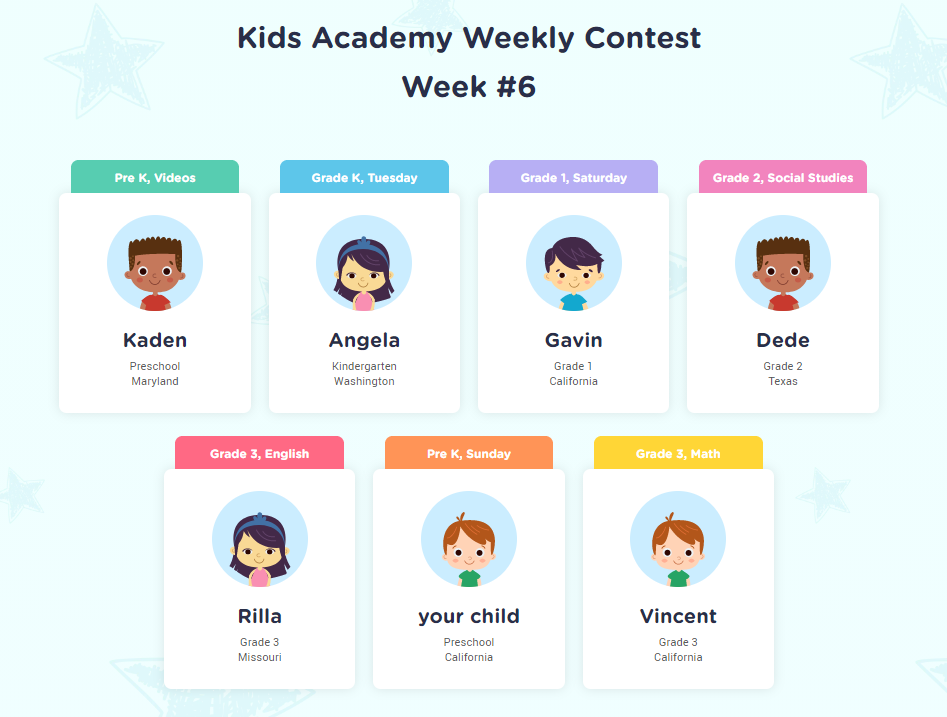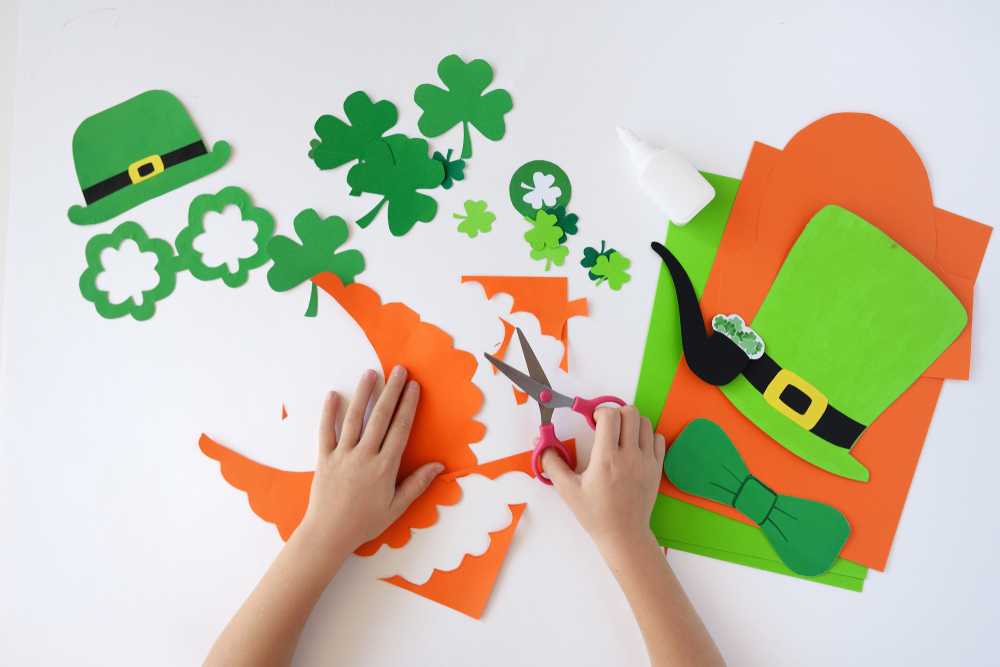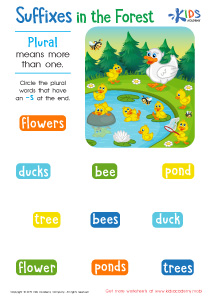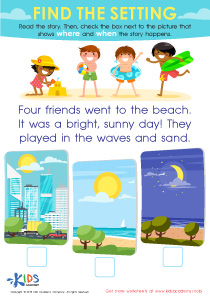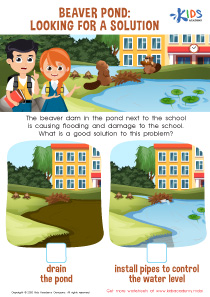Easy Sorting worksheets activities for Ages 4-9
4 filtered results
-
From - To
Discover our engaging Easy Sorting worksheets designed for children ages 4-9! Our fun activities effectively enhance logical thinking and help young learners develop essential sorting skills. With a variety of colorful and interactive worksheets, students will explore categories, patterns, and classifications in a playful manner. Perfect for both classroom and home use, these worksheets cater to different learning styles, promoting cognitive development through hands-on exploration. Boost your child's ability to organize and group objects while fostering creativity. Download and print these exciting sorting activities today and watch your child's confidence and skills flourish in an enjoyable learning environment!
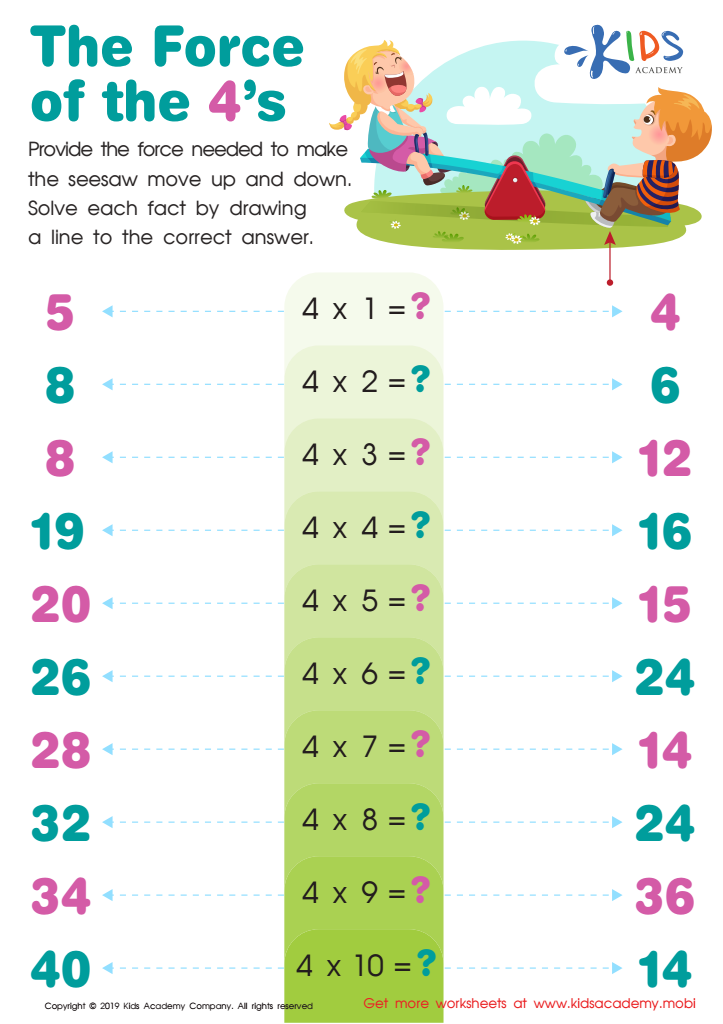

The Force of the 4's Worksheet
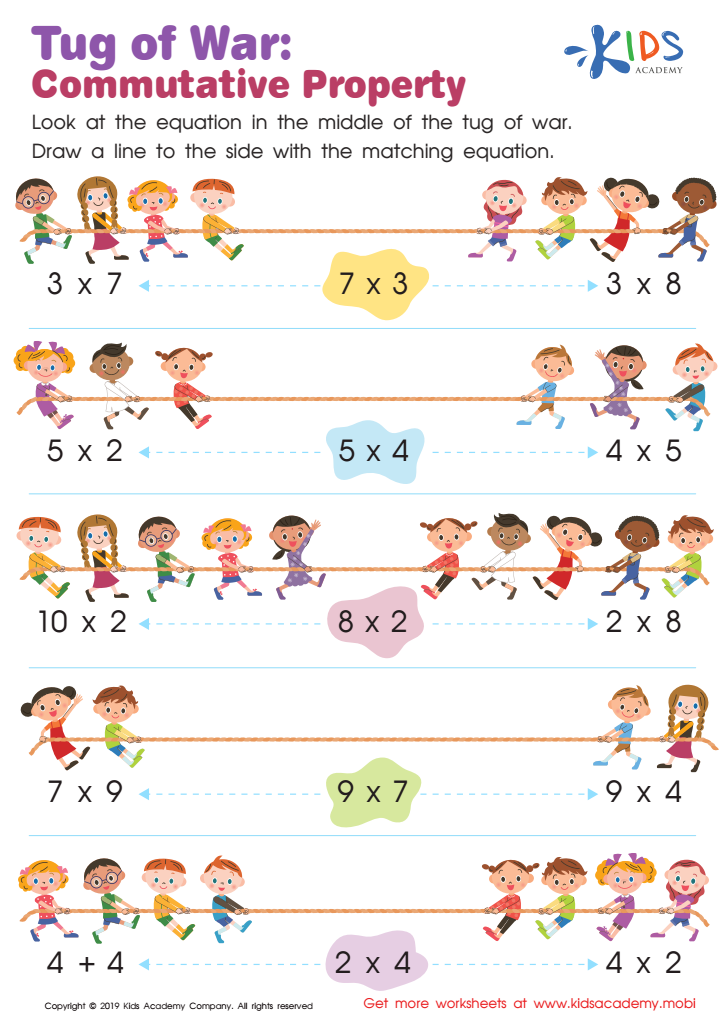

Tug of War: Commutative Property Worksheet
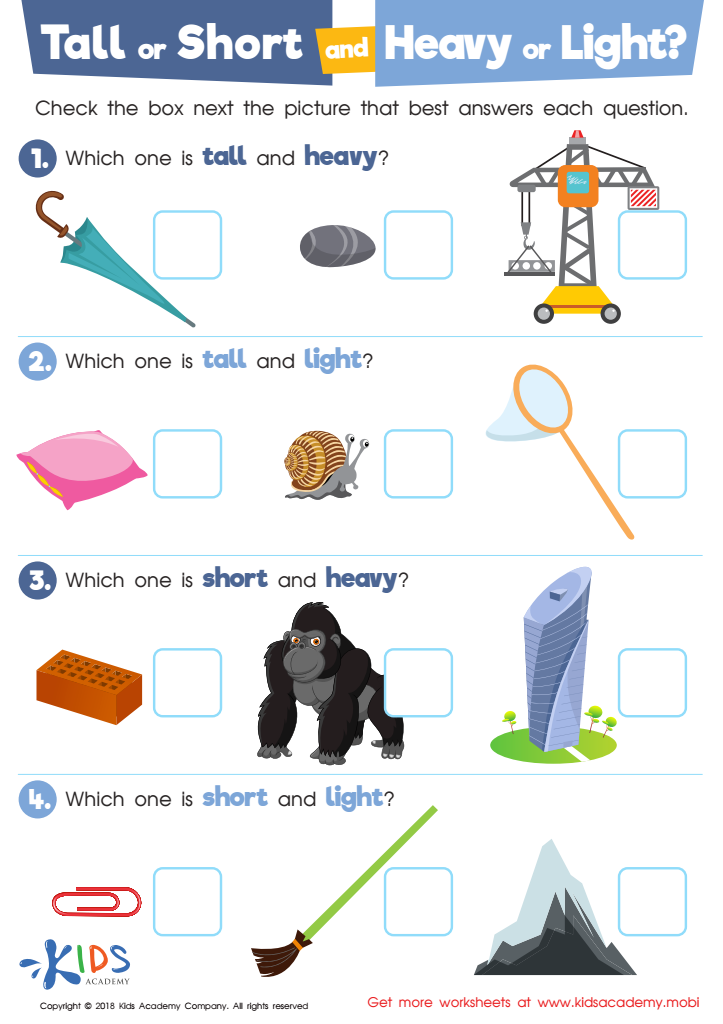

Tall or Short and Heavy or Light? Worksheet
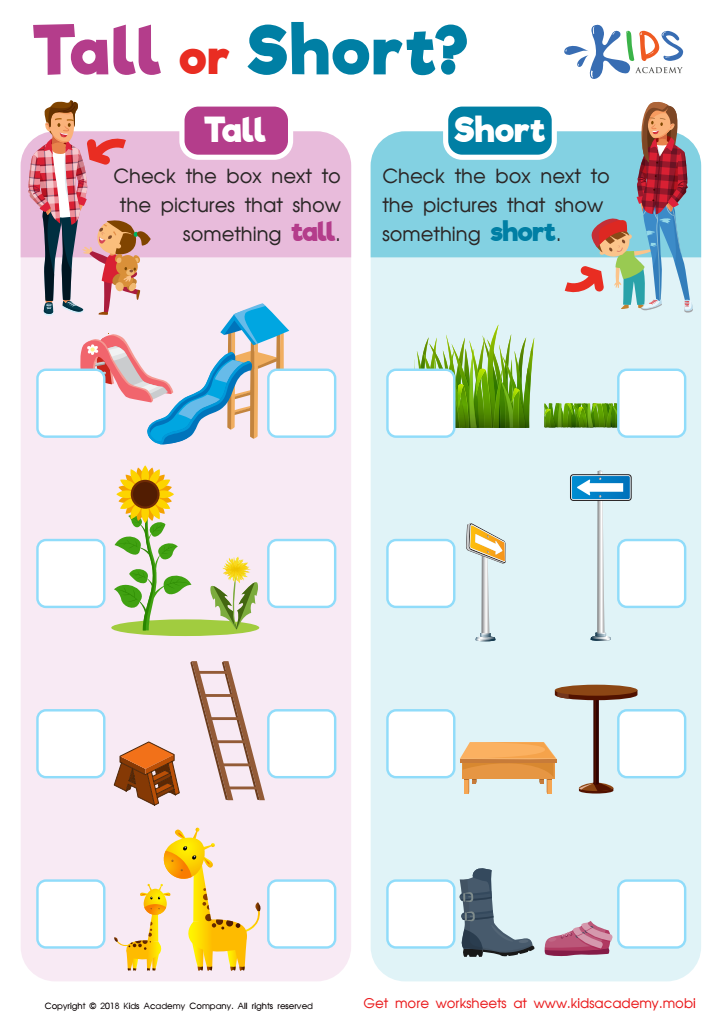

Tall or Short? Worksheet
Easy sorting activities are vital for children aged 4-9 as they lay the foundation for critical cognitive skills necessary in future learning. These activities promote classification skills, enabling kids to categorize objects based on various attributes such as shape, size, color, or quantity. This skill is essential for developing logical thinking and problem-solving abilities.
Moreover, sorting activities enhance fine motor skills, an important aspect of early childhood development. By manipulating different objects, children improve their hand-eye coordination and dexterity, which are crucial for writing and other everyday tasks.
Additionally, easy sorting fosters social interaction when conducted in group settings, teaching kids teamwork and communication skills. They learn to share ideas, negotiate roles, and express their thoughts, contributing to their social-emotional development.
Lastly, engaging in sorting activities encourages creativity and curiosity as children explore different ways to group objects, leading to a deeper understanding of their environment. For parents and teachers, these activities are simple yet effective tools that can prepare children for more complex concepts in mathematics and science, making them essential elements in early education. Investing time in easy sorting tasks ultimately supports a well-rounded development that children will benefit from in their academic journey.
 Assign to My Students
Assign to My Students


